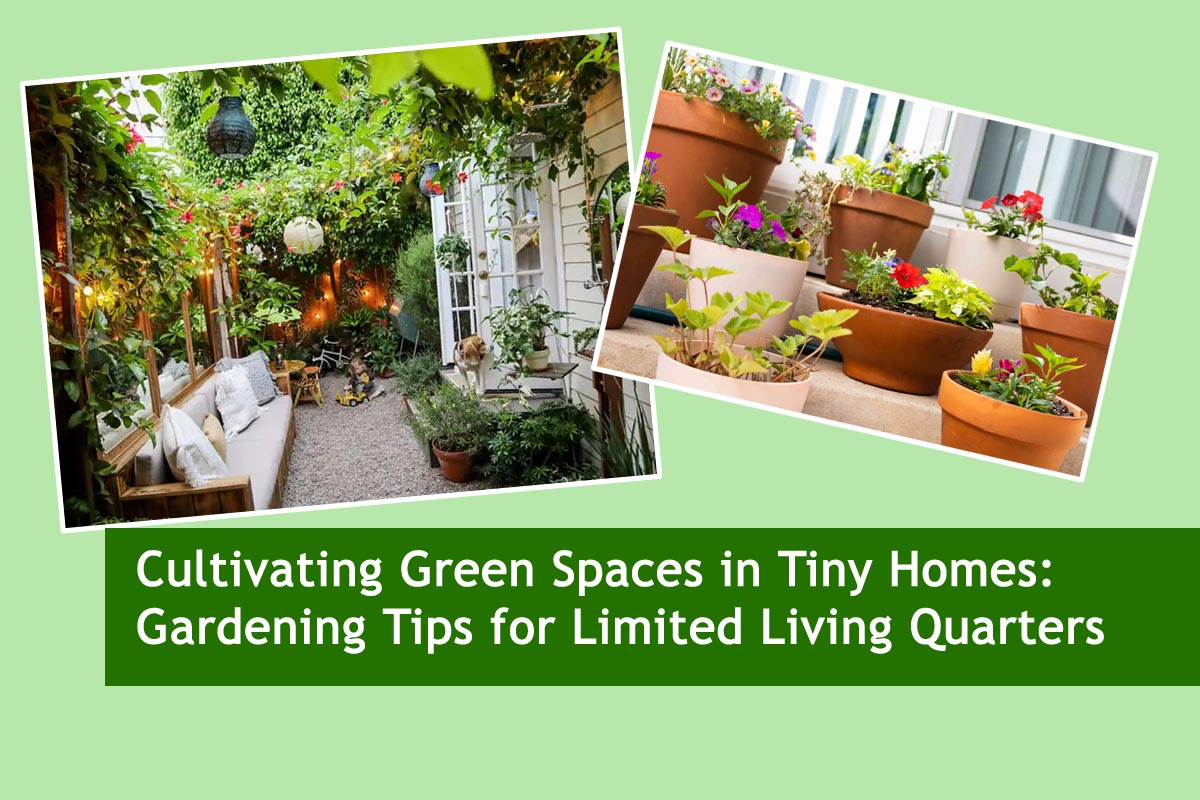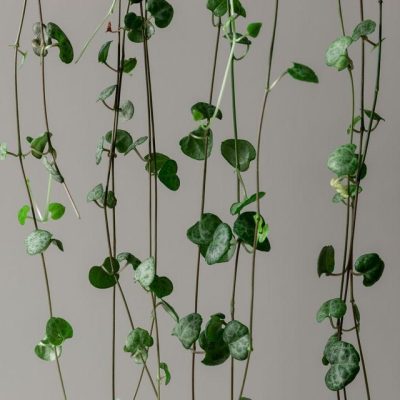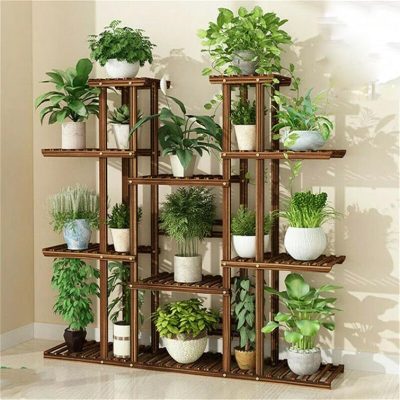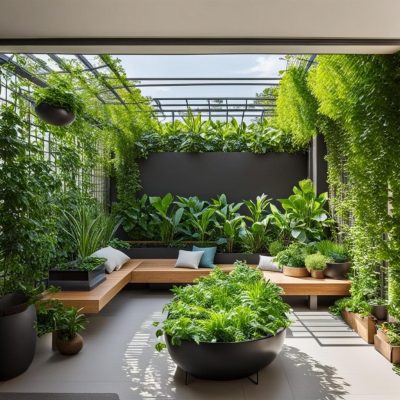
Cultivating Green Spaces in Tiny Homes: Gardening Tips for Limited Living Quarters
In an era where urbanization is rampant and living spaces are shrinking, the desire to connect with nature through gardening remains undiminished. However, for those residing in tiny homes or apartments with limited outdoor space, cultivating a lush garden can seem like an impossible dream. But fear not! With a little creativity and the right approach, it’s entirely feasible to bring the joys of gardening into even the smallest of living quarters.
Tiny Space, Green Dreams: Gardening Tips for Limited Living Quarters
- Embrace Container Gardening
- Optimize Natural Light
- Choose Space-Saving Varieties
- Implement Vertical Gardening Techniques
- Practice Smart Watering Techniques
- Embrace Indoor Microclimates
Embrace Container Gardening
When square footage is at a premium, thinking vertically becomes essential. Container gardening is a versatile solution that allows you to grow a variety of plants without the need for a traditional garden bed. From herbs and vegetables to ornamental flowers, almost anything can thrive in containers.
Choose pots and planters that suit your space and aesthetic preferences. Hanging baskets, window boxes, and wall-mounted planters are excellent options for maximizing vertical space. Additionally, consider utilizing repurposed items such as old buckets, wooden crates, or even mason jars to add a unique touch to your garden while minimizing costs.

Also Read This : Elevate Your Garden with Low-Maintenance Herbs
Optimize Natural Light
Light is a crucial factor in plant growth, so it’s essential to make the most of the natural light available in your home. Place your containers near windows or other well-lit areas to ensure that your plants receive an adequate amount of sunlight each day. Keep in mind that different plants have varying light requirements, so choose varieties that are suitable for the light conditions in your living space.
If natural light is limited, supplement it with artificial lighting options such as LED grow lights. These energy-efficient fixtures can help provide the necessary light spectrum for plant growth, allowing you to cultivate a thriving indoor garden year-round.

Also Read This : Summer Hazard: Avoid These Fertilizers to Protect Your Plants
Choose Space-Saving Varieties
When space is limited, selecting compact or dwarf varieties of plants can make a significant difference. Many fruits, vegetables, and herbs are available in space-saving cultivars specifically bred for container gardening. Look for bush or patio varieties of tomatoes, peppers, and strawberries, which require less space but still produce abundant harvests.
For herbs, consider growing compact varieties such as dwarf basil, thyme, and chives, which can thrive in small pots on a sunny windowsill. When it comes to ornamental plants, opt for miniature or trailing varieties that won’t overwhelm your space but will still add beauty and greenery to your home.

Also Read This : Enhance Your Mogra Plant with This Kitchen Staple for Beautiful Flowers
Implement Vertical Gardening Techniques
Vertical gardening is an excellent way to maximize space and create a stunning visual display in tight quarters. By utilizing walls, fences, or trellises, you can grow plants vertically, freeing up valuable floor space for other activities.
Vining plants such as peas, beans, and cucumbers are ideal candidates for vertical gardening. Train them to climb trellises or lattice panels, allowing them to reach for the sky while keeping your space organized and uncluttered. Additionally, consider incorporating vertical planters or living walls to add texture and interest to your indoor or outdoor space.

Also Read This : How to Ensure Your Bougainvillea Plant Blooms Abundantly: Tried and Tested Tips
Practice Smart Watering Techniques
Proper watering is essential for the health and vitality of your plants, especially in a container garden where soil moisture can fluctuate rapidly. To prevent overwatering or underwatering, establish a consistent watering schedule based on the needs of your plants and the conditions in your home.
Before watering, always check the moisture level of the soil to avoid waterlogged or parched roots. Consider using self-watering containers or moisture-retaining potting mixes to help regulate soil moisture and reduce the frequency of watering. Additionally, grouping plants with similar water requirements together can simplify your watering routine and ensure that each plant receives the appropriate amount of moisture.
Also Read This : Stemming the Stretch: A Guide to Preventing and Fixing Leggy Succulents
Embrace Indoor Microclimates
Every home has its unique microclimates, which are influenced by factors such as temperature, humidity, and air circulation. By understanding the microclimates within your living space, you can strategically place your plants to optimize their growing conditions and promote healthy growth.
For example, areas near windows or doors may experience drafts or temperature fluctuations, while spots in the interior of your home may have more stable conditions. Experiment with different locations to see where your plants thrive best, and don’t be afraid to move them around as needed to accommodate changing environmental factors.

Also Read This : How to Achieve Bumper Tomato Yields: Choosing the Right Fertilizer
Gardening in limited living quarters may present its challenges, but with a bit of ingenuity and the right approach, anyone can cultivate a thriving green oasis indoors or outdoors. By embracing container gardening, optimizing natural light, choosing space-saving varieties, implementing vertical gardening techniques, practicing smart watering techniques, and embracing indoor microclimates, you can turn even the tiniest space into a vibrant and flourishing garden. So roll up your sleeves, unleash your creativity, and get ready to experience the joys of gardening in your own cozy corner of the world.




